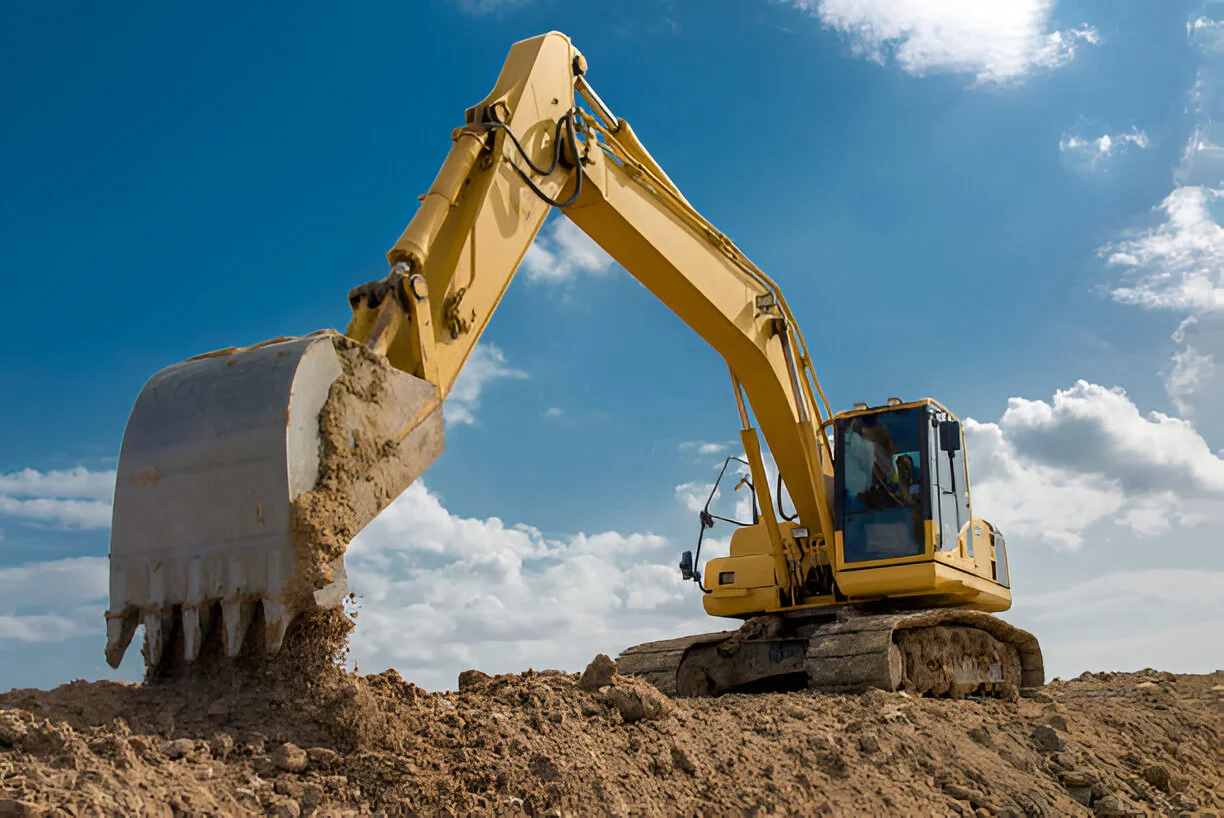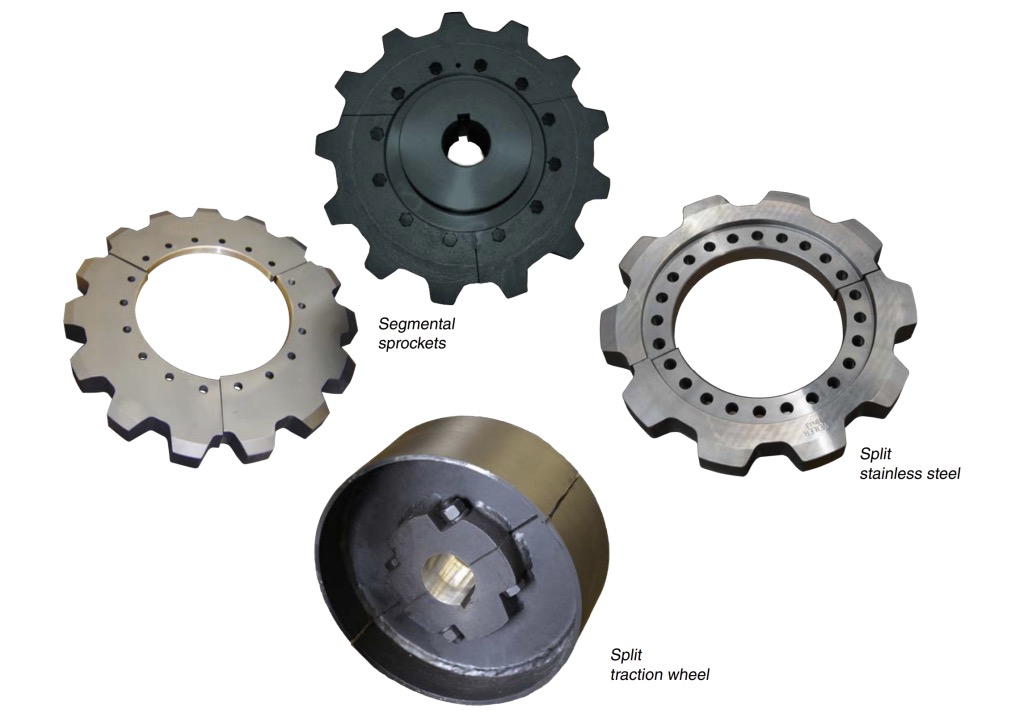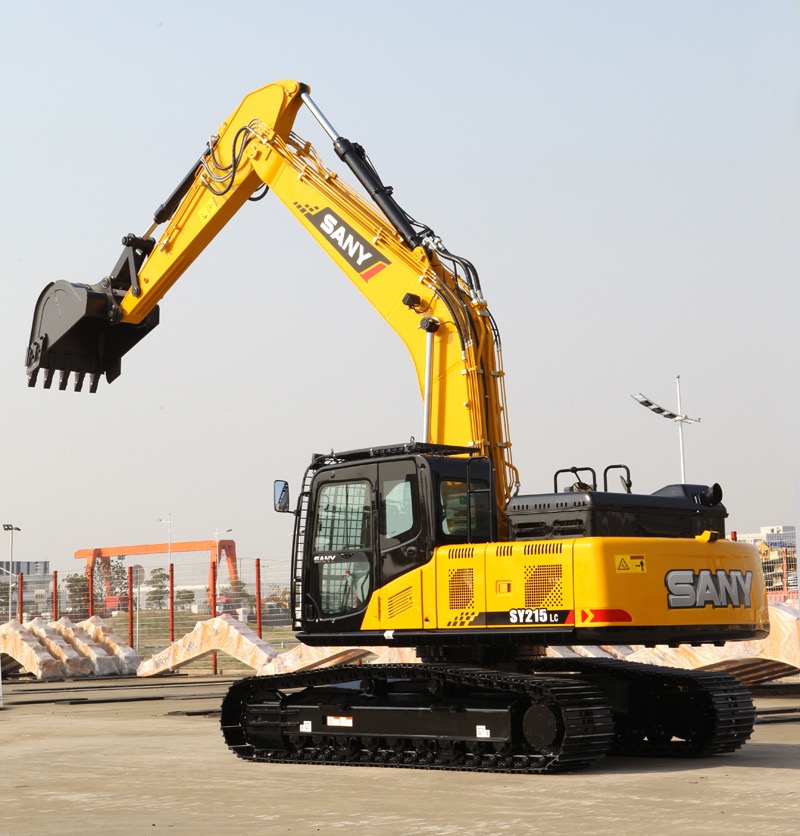
— September 02, 2025

This blog explores different types of excavator machines, such as crawler, wheeled, mini, and long-reach excavators, used on construction sites. It highlights their specific applications in digging, demolition, and material handling. Whether it’s a compact mini excavator, a powerful hydraulic excavator, or a JCB excavator, choosing the right machine ensures productivity and safety. For accurate excavator prices in India, including the Tata Hitachi 210 price, SANY excavator, or Volvo excavator, visit MechLink.
The most important equipment in the construction industry is the excavator. They are capable of various activities such as digging, lifting, grading, and demolition. Excavators are versatile and applicable for a range of tasks from small-scale jobs to massive construction sites. It is very essential to choose the right excavator for efficiency and safety on any job site. Different types of excavators have been designed for different jobs, and choosing the correct machine for the correct job can greatly increase your productivity and lower costs. Mini excavators are perfect for tight spaces, crawlers perform well in rough terrain, and long-reach excavators are perfect for deep digging; each machine serves a distinct purpose. In this blog, we will understand the different types of excavators that will help maximize project efficiency and minimize hazards.
An excavator is a construction machine that helps in digging, lifting, grading, and demolition. From power to heavy-duty jobs to precision for fine work, it is used on almost all types of construction sites.
Basically, the excavator consists of a boom to reach out to a location; then there is an arm that connects to the bucket, which also connects to the boom for the digging or scooping of materials; an undercarriage- tracks or wheels allowing movement around different terrains. The operator sits in the operator’s cab, handling all equipment functions.
An excavator can be used to dig trenches, lift heavy materials, grade land, and demolish buildings. Largely, they are ideal for working in confined spaces and rough and uneven surfaces; thus, no site can ever substitute an excavator. The excavator functions include foundation excavating, debris removal, or hoisting in a safe and rapid manner.
Equipped with tracks attached to the undercarriage instead of wheels, a crawler excavator is well known for its heavy stability and movement across rough and uneven surfaces.
Best for good work on uneven surfaces, as well as off-road activities.
The crawler excavator has been used for mining, concrete or road construction, heavy excavations, where ruggd ground mobility is a key.
Designed for acidic heavy use on lifting, deep foundation digging, or soft muddy areas where wheeled machines don’t do much good.
Suitable for heavy tasks, such as lifting, digging deep foundations, or operating in soft muddy areas where wheeled machines struggle.
Wheeled excavators have rubber tires attached to their undercarriage. The main advantage of tires is that they make this type of excavator very mobile and speedy compared with crawlers, which are much slower. So versatile and can easily maneuver between paved roads and urban environments.
This kind of machinery is more suitable for busy urban streets and very smooth road mileage concerning speed where mobility is more important.
Use light excavation and applications for materials and site preparation in relatively controlled environments.
Wheeled excavators are used in repairing roads, landscaping, and city infrastructures
Mini excavators are small but powerful, which makes them ideal for minor excavation works. They possess very strong hydraulics unless designed to maneuver easily into tight spots for excavation and material handling activities.
Ideal for confined access conditions, such as small government construction sites or even in the urban environment with little access.
They are useful in landscaping, trenching, and small-scale digging activities inaccessible to larger excavators.
Used particularly in those areas that have restricted access, such as backyards, underground utilities, or narrow city streets.
Long Reach excavators are a special category of large machines with long boom and arm attachments to perform operations from a distance.
They are ideally suited for the more extended-reach projects, such as dredging rivers, digging deep and clearing out areas, or doing jobs in areas where it is hard to reach.
These types of machines are widely used in demolition projects, which need long arms because they destroy high structures or hazardous places that are hard to reach.
Additionally, they assist in improving projects around water, such as work along the shoreline or trenching deep, as the extended reach gives them access to more challenging areas.
These machines are indeed pretty versatile and play a significant role in various activities on construction sites. Here are some of the applications:
Choosing the appropriate excavator for a construction application offers numerous advantages, many of which significantly contribute to the overall success of a project
Excavators come in different types, each suited for specific tasks in construction. Crawling excavators perform well in rough terrains, while wheeled excavators are perfect for smooth, urban environments. Mini excavators are ideal for confined spaces, whereas long-reach excavators offer extended reach for deep excavation or demolition.
Selecting the right excavator is crucial for ensuring efficiency, safety, and cost-effectiveness in any project. The right machine helps complete tasks more quickly, reduces the risk of accidents, and minimizes operational costs.
Explore the wide range of excavators available at Desi Machine. With the right equipment, you can maximize productivity and achieve optimal results for your site.

A guide to sprockets in construction equipment: types, functions, maintenance, and more
December 3, 2025

Key components of an excavator arm and how to maintain them
December 3, 2025

Final drive maintenance tips: preventing issues before it’s too late
December 2, 2025

Engine cooling system maintenance for heavy equipment 101
December 2, 2025